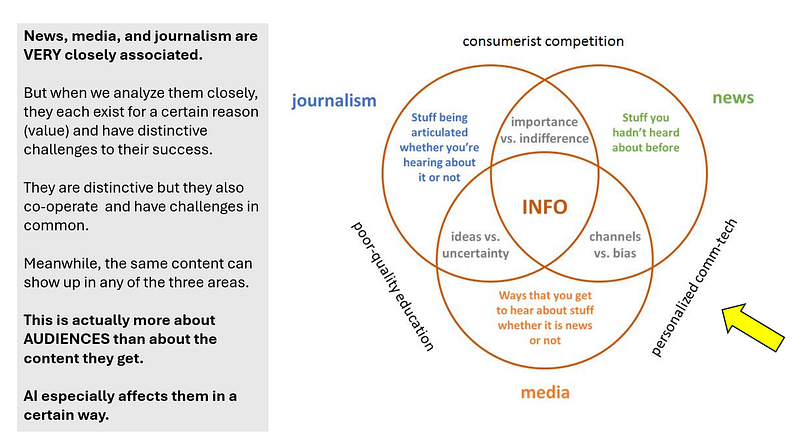AI and Visual Truth
- Malcolm Ryder
- Nov 5
- 3 min read
Updated: Nov 6
Most of the time, there is a practical reason why cameras would be preferrable to a pencil or a computer: creating a visual record.
Records exceed the notion of "documents" in that a record is always attached to a concern about something specific, not just a view of it.
And it is that concern that feels disrespected by the notion that a visualization of some event or condition thought to be relevant might not be reliable as a source of their real-world facts.
We go through this any time there is a measurable distance between the existence of what we're concerned about and our direct witness of the concerning thing.
And early heavy anxiety over the trustworthiness of an image is 90% based in achievable optical resolution, and only 10% in why it was made.
Ever since the screen was invented, and at least since the paintings of Seurat (pointillism) and Lichtenstein (Ben-Day Dots), we have been able to generate images that resolve to whatever they showed because we had control over where any dot went - comparable in labor basically to weaving. And having enough automation to make dot rendering nearly effortless hasn't changed much of anything.

It's just that the dots are now nearly microscopic and extremely easy to individually reposition any number of times by using instructions that run on computers like calculations.
So in effect, with our new instruments for generating an image, more emphasis is placed on us who play them to be able to prove that we are the decision makers, the instructors that programmed and approved the display.
The credibility of the imagemaker, per the maker's expressed intent, is what is at stake. A.I. generation itself is completely indifferent to anything other than its instructions. The more we are willing to accept the maker's explanation of why they made the image the way it looks, the less it matters to us that the maker has fabricated the image without recording being a part of the process.
In light of all that, the future value of photographic recording will be significantly altered in situations where recording's proxy for direct witnessing is not necessary -- not required to establish sufficient acceptance of something's appearance as a support for our concern.
We can also get a strong fix on when the requirement is not negotiable. The proxy requirement is high any time our concern is expressed by saying "IF X, THEN...". In that formula, with which we build our idea, a visualization of X is subject to having its fidelity to something actual being verified.
But if viewers don’t have a particular concern, then the value of the image is left to however much the viewer is interested in whatever way it provokes them.

But if viewers don’t have a particular concern, then the value of the image is left to however much the viewer is interested in whatever way it provokes them.
The usual way to anticipate that is in terms of where the viewer chooses to go look, and why. For example:

In this picture, incentives, expectations, and inhibitors are seen related to each other. But their overlaps also suggest that what crops up in one area can mistakenly be evaluated in terms of another area. As a simple example, treating hearsay as if it is the result of research is easy to do if we are not openly cautioned against doing that.



Comments